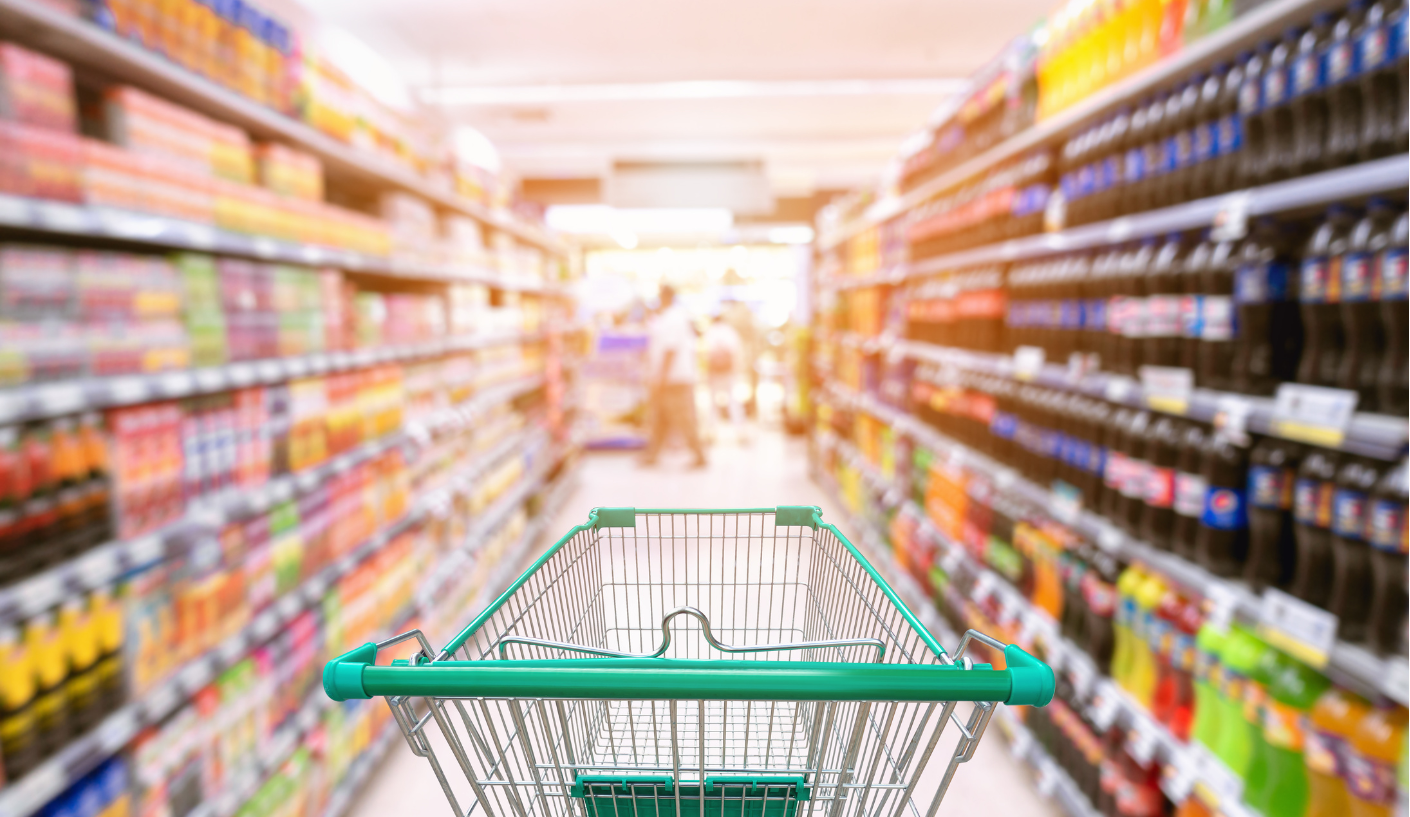What are UPF’s?
Ultra-processed foods, also known as UPF’s, are a type of food which is defined as ‘an ultra-processed food made by industrial processing that often contain additives such as colours, flavours, emulsifiers or preservatives’. This classification is from the NOVA system, which was developed in 2009 and splits foods into four categories:
1) Unprocessed or minimally processed- this includes foods close to, or in their most natural state such as: fruit and vegetables, unpasteurised milk, raw
nuts, beans, legumes, and fresh meat/fish.
2) Processed ingredients- this refers to foods which are derived from Group 1
foods by processes that include pressing, refining, grinding, milling, and
drying. These foods do not usually tend to be eaten alone and are used as
ingredients such as: olive oil, butter, sugar, flour, and salt.
3) Processed foods- most processed foods have two or three ingredients and are modified versions of unprocessed foods. The purpose of processing is to
improve texture, taste, and durability of foods, they can be eaten alone or with other foods. Examples include homemade breads, cheese, pickles, unsweetened yoghurts, canned fish, and fruit in syrups.
4) Ultra-processed foods- these foods have gone through many processing or manufacturing stages and often contain five or more ingredients which are not found in the common household (emulsifiers, sweeteners, artificial colours or flavourings and preservatives). Examples of UPF’s include chocolate, baked beans, many breads we buy in the supermarket, ready meals, fizzy drinks, crisps, cereal, and cereal bars.

